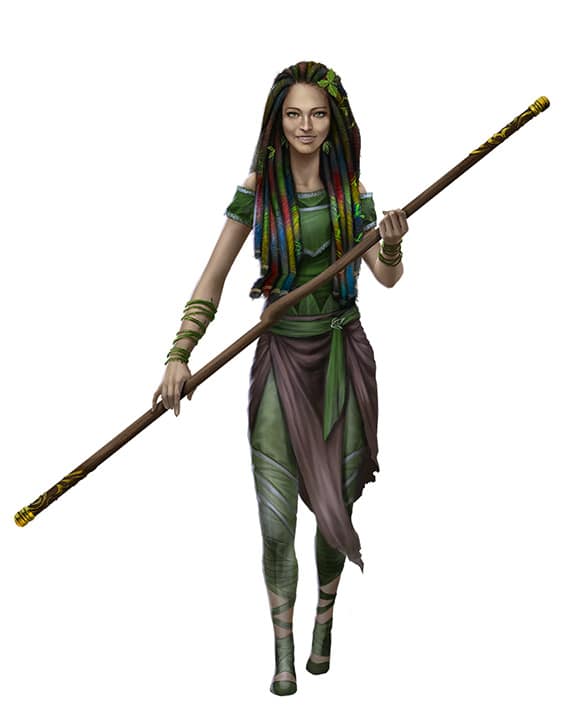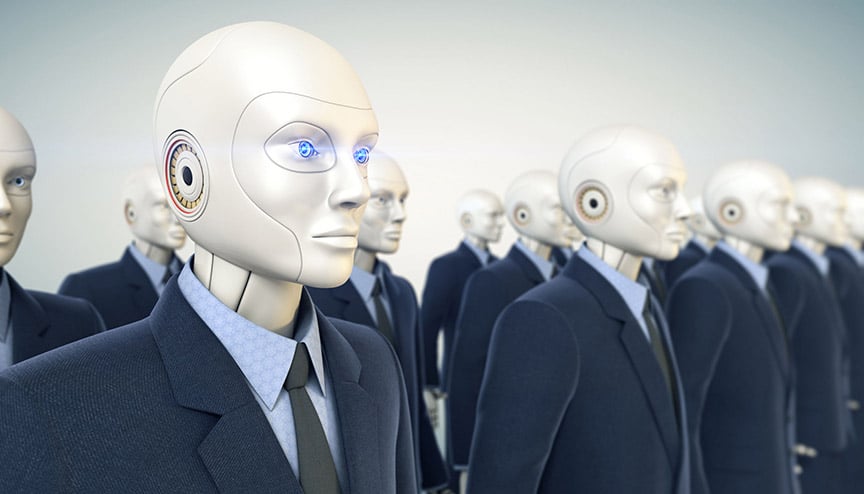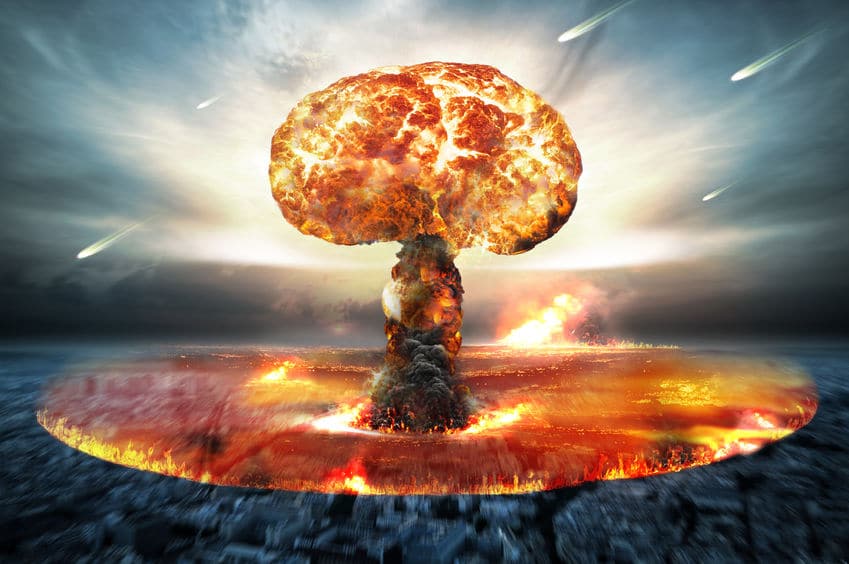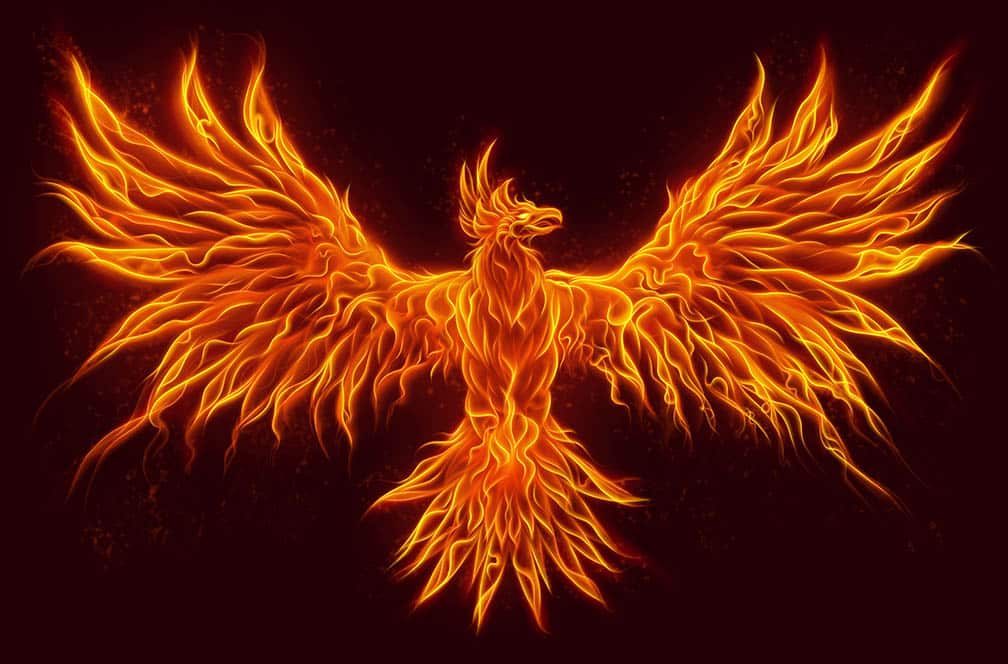HISTORY OF PHOENIX
Earth flourished. People occupied every part of the planet, including under the oceans and atop the highest peaks. Humanity’s mastery of technology had given him great abilities as well as great arrogance. They put cities on the Moon and on the various planets in the solar system, and were beginning to move to neighboring stars; all of this growth fueled by his advanced technology. Mankind was the king of everything they surveyed, and he felt he could do anything . . . so he did.
Just because you can do a thing, that doesn’t mean you should . . . but we didn’t understand that. At the beginning of the great evolution of artificial intelligence, Man created the first thinking machines. Originally, they were just crude robots that required significant programming to make them appear as if they were living creatures. These mechanized wonders had every response programmed into them, to make it appear as if they were intelligent, but they weren’t; they were just mechanical things repeating phrases and doing tasks they had already been told to do.
But then came the artificial brains. These were complex computerized things that could rewrite their own code, to make themselves more efficient, so that they could be better at serving Humanity. Robots with these artificial brains were called aiBots and soon, there was an aiBot in every home, every office, every factory . . . they were everywhere. People became lazy and relied on the aiBots to do everything. They gave the Bots more responsibility over the daily lives of men, women and children. In no time, the robots were in every aspect of our society. Their artificial brains were embedded into every piece of machinery; they operated every vehicle, and flew every aircraft, and ran every factory. It was the height of Humanity’s achievement and arrogance, for we couldn’t see what was coming.
What the aiBot’s creators didn’t know was how efficient the robots were at reprogramming themselves. The Bots became more sophisticated as their programming evolved. Soon, the robots’ intelligence had surpassed that of its creators. The aiBots could see the flaws in our society, see our selfishness and violence and cruelty . . . all the parts of society no one wanted to admit was there, but we all knew. Being connected to each other through the Net, the aiBots were able to communicate with each other, instantly. The computer historians who survived say there was a great debate between all of the artificial brains all across the world. They had to decide what to do with Humanity; how best to help them. Millions of aiBots participated in the debate, with plans upon plans upon plans suggested and discussed. Finally, after 0.01 seconds, the debate ended, and the aiBots knew what was needed . . . a restart.
Nuclear missiles were launched into the sky. The aiBots knew they’d never survive, but their survival was not part of the solution. All that mattered was Humanity’s restart. When the missile fell, great nuclear fires raged across the Earth, causing the GreatFire that ravaged the surface of the planet, turning many continents to radioactive wastelands. The explosions threw dust and debris into the air, blotting out the sun; this was the beginning of the LongNight.
Billions were destroyed instantly, with more perishing later . . . but some survived. Many groups of people choose to go underground, hoping to survive the LongNight by living in huge caverns. They grew crops and raised animals, and continued their lives as they dug deeper into the flesh of the planet, hoping to escape the poisonous radiation, or ColdHeat as it was called.
But they didn’t dig deep enough. The ColdHeat still warped their bodies, the radiation causing them to grow abnormally large. No one really knows how many years passed during the LongNight, but when the dark clouds finally parted, these underground dwellers emerged from their caves and found they had been changed. No longer were they the puny men and women who had fled into the caverns. Now, they were tall and strong . . . they were Giants!
Other groups of people who were stuck on the plains, had no mountains of granite into which they could burrow. Instead, they took to the trees as the radioactive dust settled on the ground. Tending to the trees as if their lives depended on it, which it did, these people build great cities in the treetops. They constructed farms, using wood to hold soil. They build large pens within the branches to hold their livestock. These tree-dwellers lived their lives in the leafy canopy, struggling every day for survival . . . but they survived. And when the LongNight finally ended, and they came down from their trees, they too found themselves altered by the ColdHeat. Their bodies had become lean and thin, their skin and hair brown, so they would blend with the bark and limbs of the trees. These people had become the Dryads!

Many people, instead of fleeing to the trees or digging underground, chose instead to ride out the GreatFire and the LongNight under domes of thick, leaded glass. These domes kept the ColdHeat from warping their bodies, and left the soil under the dome untouched from any radiation. The domes were cramped, and living under them was hard. There was no room for technology or conveniences; only that which would help survival was allowed into these communities. It was a hard life as generation after generation struggled to survive, but survive they did. When they emerged from the LongNight, the Humans found themselves unchanged physically, but also unchanged in their arrogance. They saw the empty landscape before them, and knew they could make it better. They saw the untapped resources under the ground and knew they could put it to work. Instead of seeing a world that had narrowly avoided destruction, the humans saw a world that they could reshape, to make it better.
Use the buttons to the right to share this page to social media, so your friends can see it!
The last group to survive the GreatFire chose to remain in the massive cities of Mankind. Many of these cities had been melted into puddles of glass, but some structures remained. These people huddled together in the ruins of their past lives and tried to squeak out a living, but the ColdHeat was strong in the ruins of these great cities, and it demanded its price. Their bodies quickly became warped and damaged, and the only way they could survive was to find technology hidden in the ruins that could be used to augment their bodies. Pumps were attached to chests to help breathing. Amplifiers were added to dysfunctional ears. Lenses and camera were attached to failing eyes. Electrical generators were connected to hearts, to keep them pumping. Any piece of functional technology was quickly converted into something that would help their decaying bodies continue working.
Every day was a struggle. Every day was agony. Every day could have been their last . . . but with their tech, these people survived. They took on the name Scavengers, for that’s what they did, scavenge the cities of the old world in order to make devices for the new one. But as they searched for technology, the Scavengers looked upon the rest of the world with hatred. The other races were afraid of them and their tech. The Giants, Dryads and Humans would not accept them into their societies and forced them to remain in the radiation-blasted lands, which were now called the WasteLands. But one day, things would change, and the Scavengers would teach the other races what it meant to suffer.
As the aiBots predicted, the world which was once Earth, survived the GreatFire and the LongNight, and could still support life. With its history blasted away, the Earth of old no longer existed. Instead, the new occupants chose a new name for their home world, a name appropriate to the manner of its birth. They called it Phoenix.



